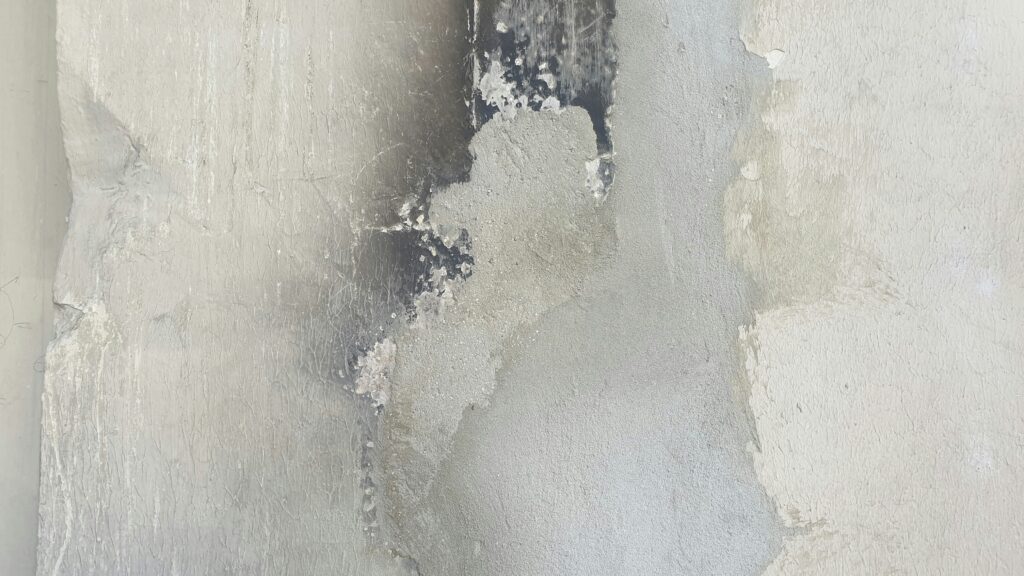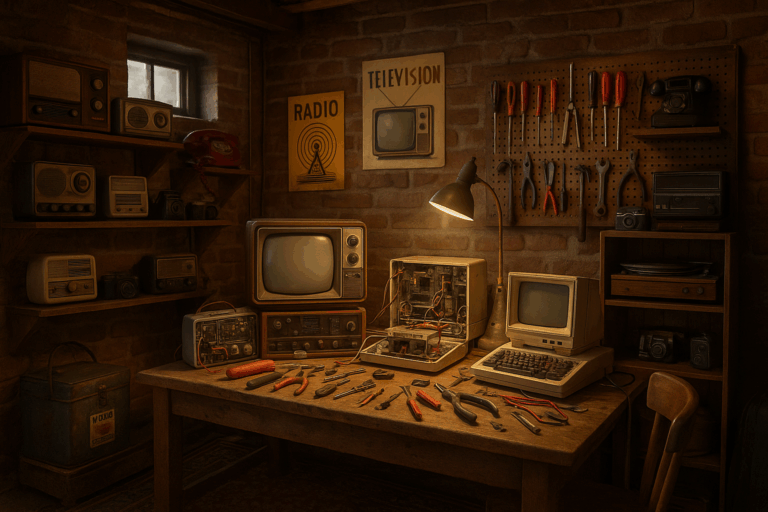In the realm of collectibles, whether it’s an assortment of vintage comic books, a prized set of vinyl records, a library of leather-bound first editions, or an array of intricately crafted scale models, every item tells a story. They are silent testaments to history, culture, or personal memories that, for many, are far more than just material possessions. Each piece of your collection represents a fragment of your passion, an investment of time and money, and a testament to your dedication. The importance of preserving these treasures in their pristine condition is paramount, hence the need for effective dust-proofing methods.

Welcome to this comprehensive guide titled “Keep Your Collection Pristine: Proven Dust-Proofing Methods for Preserving Your Treasures.” Over the next three thousand words, we will traverse the landscapes of preservation, exploring practical strategies, techniques, and resources that will help you protect and maintain your collections. This article is your portal to become an informed and empowered custodian of your cherished collectibles.
In this day and age, dust might seem like an insignificant enemy. Still, anyone who has been involved in the world of collectibles knows that it’s a formidable adversary. It’s not just about cleanliness or aesthetics; dust particles can cause physical damage, chemical changes, and even encourage the growth of harmful biological organisms. So, in our first section, we will take a detailed look at the ‘Why’ – the science behind dust damage, helping you understand the invisible, often underestimated, nemesis in the context of collectible preservation.
But knowing the enemy is just the first step in the battle. Once we’ve established the importance of dust-proofing, we’ll move on to the ‘How.’ This is where we’ll delve into a curated collection of proven dust-proofing methods. We’ll discuss everything from environmental controls and physical barriers to cleaning techniques and preservation materials. Each technique has its strengths and limitations, and knowing these can help you choose the most effective strategy for your specific collection.
Finally, we will present case studies of collectors who have successfully implemented these dust-proofing strategies, giving you a real-world perspective on these methods. These stories are not just informative but also inspiring, showcasing the passion and commitment that goes into preserving precious collectibles.
Whether you’re a seasoned collector or just starting, whether your collection fills an entire room or just a small corner, this guide is designed to equip you with practical knowledge and insights to keep your treasures in the best possible condition. So, let’s embark on this journey of preservation and passion, turning back the tide of dust, one collectible at a time.
UNDERSTANDING THE IMPORTANCE OF DUST-PROOFING
When it comes to preserving your precious collection, dust-proofing is a critical factor that should not be overlooked. Dust particles, if left unchecked, can damage your items over time, leading to degradation and loss of value. Whether your collection includes vintage books, collectible coins, classic toys, or valuable electronics, effective dust-proofing can significantly prolong their lifespan and maintain their pristine condition.

Let’s consider the effects of dust on your collection. Dust consists of tiny particles that can cause abrasions on surfaces, especially when the dust particles are moved or wiped off. These abrasions might seem insignificant initially, but over time, they can lead to significant wear and tear. Dust also absorbs moisture from the air, which can lead to mold growth and corrosion, particularly in humid environments.
Notably, dust-proofing is not merely about cleaning your items regularly. It is about implementing preventive measures to reduce dust accumulation in the first place. You might be thinking, “Where do I start?” Fret not. This article will guide you through proven dust-proofing methods to help preserve your treasures. But first, let’s delve deeper into understanding the common sources of dust.
COMMON SOURCES OF DUST
- Dead skin cells: Humans shed millions of dead skin cells every day, contributing significantly to dust accumulation in homes.
- Pets: Pets, particularly furry ones, shed dander and hair which become part of household dust.
- Fibers: Fibers from clothing, bedding, furniture, and carpets can fray and contribute to dust.
- Outdoor particles: Particles from soil, pollen, and air pollution can enter homes through windows, doors, and ventilation systems.
Knowing the sources of dust can help you strategize your dust-proofing methods more effectively.
PROVEN DUST-PROOFING METHODS FOR PRESERVING YOUR COLLECTION
Next, we will explore several proven methods for dust-proofing your collection. Each method has its strengths and weaknesses, so you need to choose the ones that best suit your needs. Let’s begin.
Regular Cleaning
The first line of defense against dust is regular cleaning. This includes vacuuming carpets, dusting furniture, and wiping surfaces. However, when cleaning your collection, it’s crucial to use appropriate tools and techniques to avoid damaging your items. For instance, soft brushes, microfiber cloths, and compressed air are generally safe for most collectibles.
“Check out this video ‘How to Clean Dusty Collectibles Safely’ by Cleanipedia UK for detailed cleaning tips.”
Display Cases and Storage Boxes
Display cases and storage boxes provide physical barriers against dust. They are particularly suitable for small to medium-sized collectibles. For optimal dust-proofing, look for cases and boxes with airtight seals. Remember, the less air movement, the less dust.
Refer to the table below for a comparison of various types of display cases and storage boxes.
TypeProsConsAcrylic Display CasesClear visibility, lightweight, strongCan scratch easily, expensiveGlass Display CasesExcellent visibility, scratch-resistantHeavy, can break easily, expensivePlastic Storage BoxesCheap, lightweight, stackableNot always airtight, visibility can be poor
Air Purifiers and Filters
Air purifiers and filters can help reduce the amount of dust in the air. They work by drawing in air, trapping dust particles in a filter, and releasing clean air back into the room. Some advanced models even have HEPA filters, capable of trapping 99.97% of particles as small as 0.3 microns!
However, while air purifiers and filters can reduce dust, they can’t eliminate it completely. Therefore, they should be used in conjunction with other dust-proofing methods.
Humidity and Temperature Control
As mentioned earlier, dust absorbs moisture, which can lead to mold growth and corrosion. Hence, maintaining an appropriate humidity level is crucial. In general, a relative humidity of 40-50% is recommended for most collectibles. Similarly, a stable temperature helps prevent materials from expanding and contracting, which can cause damage.
“You might find the video ‘How to Control Humidity for Collectibles’ by East Coast Humidity Solutions helpful in understanding how to manage humidity levels in your collection room.”
In conclusion, dust-proofing your collection is not a one-time task, but a continuous effort. By implementing these methods, you will be taking important steps towards preserving your treasures for years, if not decades, to come. Happy collecting!
Conclusion
In conclusion, the article has delved deeply into the intricate dimensions of information technology and engineering, enlightening us about the breadth and depth of these fields. We have journeyed through the corridors of complex concepts, exploring the nuances of software development, the robust nature of programming languages, and the riveting world of data analysis.
The evolution of technology has been fascinating, and it’s remarkable to see how it has shaped and continues to mold our world. From the basic principles of software engineering to the latest developments in artificial intelligence, we have seen how IT and engineering play pivotal roles in the innovation and growth of businesses and societies at large.
One of the key takeaways from this article is the understanding that technology, in all its complexity, is a tool designed for human utility. Despite the technical nature of the subjects discussed, the ultimate aim is to create solutions that improve our lives, streamline our work, and broaden our horizons.
The thorough examination of different programming languages and their applications is a clear testament to the versatility of IT. By comprehending these languages, we become better equipped to harness the power of technology and use it to our advantage. The importance of data analysis, as outlined in this article, cannot be overstated. In a world where data is the new oil, understanding how to gather, analyze, and interpret data is crucial for any business or professional.
As we have seen, the fields of IT and engineering are not static; they are dynamic and continuously evolving. Staying updated with the latest developments, trends, and tools is essential to remain relevant and competitive in this fast-paced digital world.
I trust that this comprehensive overview has provided you with valuable insights and an enriched understanding of these complex yet fascinating subjects. Your engagement and active participation in discussions and further research will go a long way in enhancing your knowledge and skills.
If you have found this article helpful, feel free to share it within your network to help others broaden their understanding of these crucial sectors. Remember, knowledge increases by sharing. Don’t hesitate to leave comments, ask questions, or give feedback. Your input is highly appreciated as it helps in refining the content and making it more valuable for our readers.
Before I conclude, I would like to encourage you to delve deeper into the topics discussed in this article. There are numerous resources available that can further enhance your understanding. For instance, you can check out these active links for further reading: [insert active links here].
I look forward to sharing more in-depth and informative articles with you in the future. Let’s continue this journey of learning and discovery together, unlocking the vast potential of IT and engineering.
Thank you for your time and happy reading!
[insert references here]
NB: Always ensure that the links and references are active and relevant to the article’s content.



